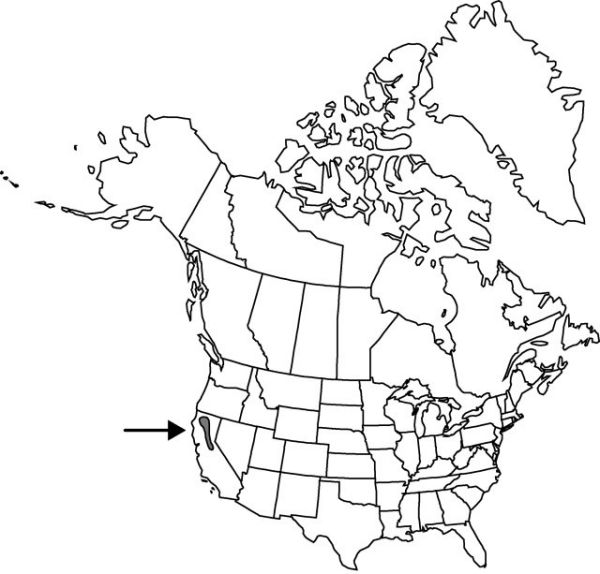Triteleia lilacina
Bull. Calif. Acad. Sci. 2: 143. 1886.
Leaves 10–40 cm × 4–22 mm. Scape 30–60 cm, smooth to scabrous. Flowers: perianth white, unstriped, 7–10 mm, tube shallowly bowl-shaped, 2–4 mm, hyaline vescicles present in tube, lobes 7–12 mm, 2–3 times longer than tube; stamens attached at 1 level, equal; filaments linear, 2–4 mm, apical appendages absent; anthers bluish purple or bluish purple-dotted, 1–2 mm; ovary twice as long as stipe; pedicel 0.5–5 cm. 2n = 16.
Phenology: Flowering spring (Mar–Jun).
Habitat: Dry rocky outcrops, volcanic hills and mesas
Elevation: 100–200 m
Distribution

Calif.
Discussion
Triteleia lilacina differs from T. hyacinthina in base chromosome number and in that the interior of the perianth tube is covered with hyaline vesicles (making a glassy nectary). In addition, T. lilacina has linear filaments and bluish purple anthers at anthesis, whereas T. hyacinthina tends to have triangular-dilated filaments and whitish to yellow (or rarely blue) anthers at anthesis.
Selected References
None.